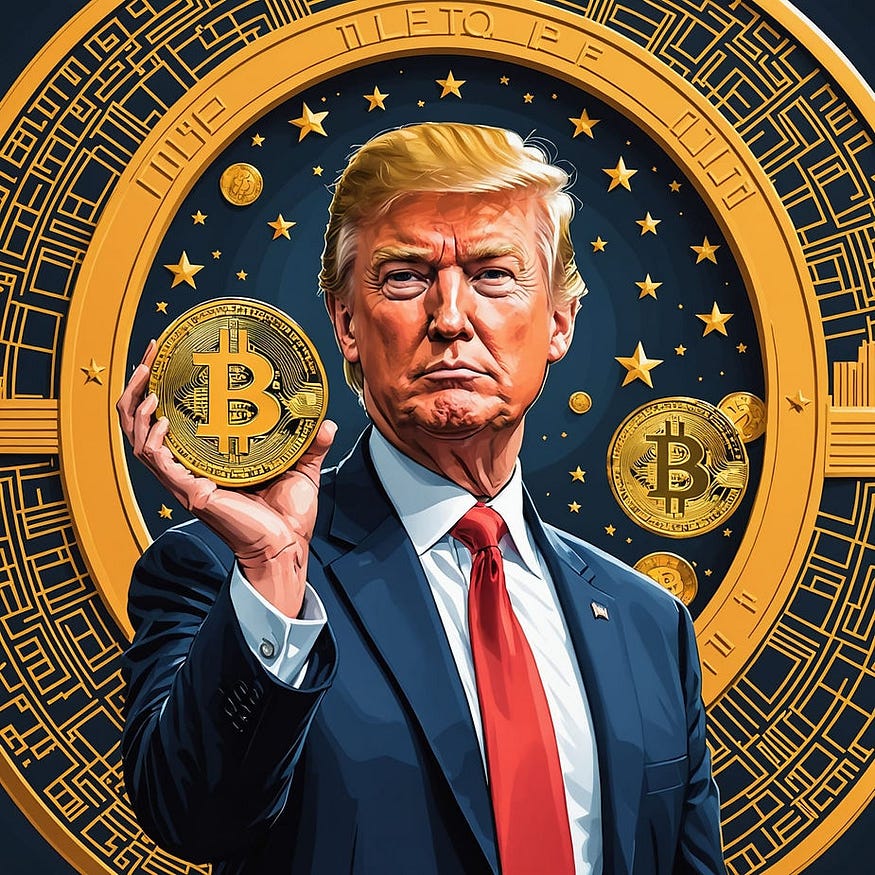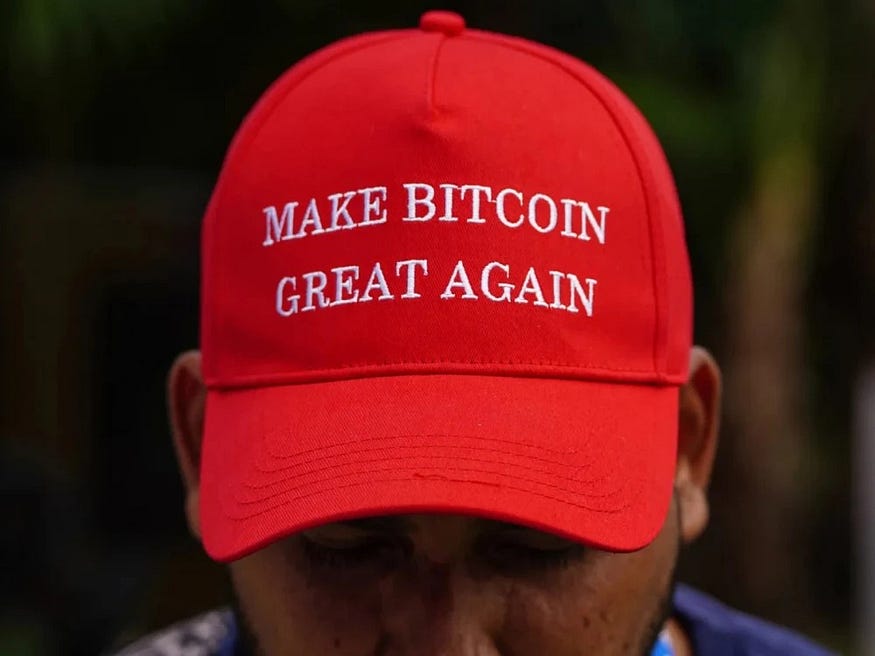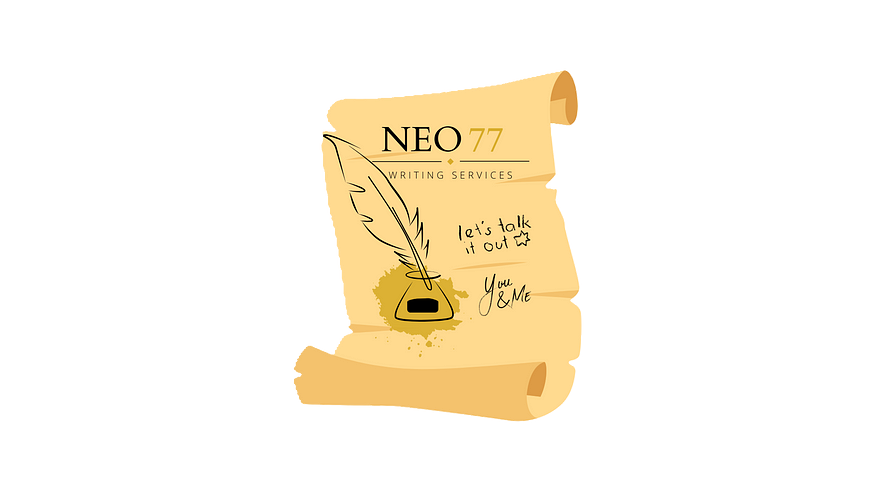Trump Declares Strategic Bitcoin Reserve: U.S. Establishes “Digital Fort Knox
Executive Order Creates Strategic Bitcoin Reserve, Signaling a New Era in U.S. Digital Asset Policy

This post can be read in Tocsin Magazine, and all Medium members can read the full article here.
Introduction
How far has Bitcoin come from its humble beginnings to become the strongest digital currency in the world, currently valued at an astonishing $105,471.43 on CoinMarketCap at the time of writing?
Let us recall how, on May 18, 2010, a man named Laszlo Hanyecz offered 10,000 BTC (Bitcoins) on a Bitcoin forum to anyone who would deliver him two pizzas — and managed to make the purchase four days later from Jeremy Sturdivant. On May 22, 2010, Jeremy ordered two large pizzas from Papa John’s for Laszlo in exchange for 10,000 BTC.
This was the first transaction of cryptocurrency in the real world, marking the first time a digital currency was exchanged for a tangible good. Before this, Bitcoin had no material value, and even after the first transaction, its value remained in the cents for a long time. Today, this date is known in the crypto world as “Pizza Day” and is commemorated as the turning point that sparked the crypto revolution.
Trump’s Executive Order
Today, after 15 years and a rocky road where Bitcoin was declared dead hundreds of times, it has proudly claimed its place in the world. President Trump, as the leader of one of the world’s greatest powers, recently declared Bitcoin a strategic reserve and, through an executive order, created the “Strategic Bitcoin Reserve” in the USA.
Although he was once a major critic, skeptic, and opponent of cryptocurrencies, Trump not only changed his stance but also embraced them and became a holder of some cryptocurrencies himself.
With this move, he has shown and proven to skeptics that he is completely serious about fulfilling his campaign promise to make the USA the crypto capital of the world. Shortly after his executive order, Bitcoin experienced a slight dip of a few percent, but then sharply recovered and reached a new all-time high (ATH), soon hitting $115,000.
In addition to Bitcoin, the order establishes the U.S. Digital Asset Stockpile, encompassing other digital assets obtained through similar forfeiture processes. This initiative reflects a broader strategy to manage and leverage digital assets for national prosperity. The White House
What Is the Strategic Bitcoin Reserve?
The Strategic Bitcoin Reserve in the United States is a government initiative established by President Donald Trump’s executive order on March 6, 2025. This reserve marks the first-ever instance where a state has officially declared Bitcoin a strategic national reserve asset.
The reserve aims to serve as a long-term store of value, akin to a “digital Fort Knox,” and will not be sold, ensuring its role as a stable reserve asset. The White House
The U.S. Department of the Treasury is responsible for managing this digital asset, with billionaire David O. Sacks appointed as an advisor, also known as the “Crypto Czar” in Trump’s administration. Sacks plays a key role in overseeing and coordinating cryptocurrency-related policies, including the Strategic Bitcoin Reserve. Wikipedia
For the technical aspects of storage and trading, the U.S. Department of Justice has signed an agreement with Coinbase, a company providing custody and trading services for digital assets. The Washington Post

Where Will the Bitcoin Be Sourced From?
One of the most important stipulations emphasized by President Trump is that Bitcoin may only be acquired if procurement strategies are fiscally neutral and do not burden taxpayers. So, how will the government buy Bitcoin if it cannot use taxpayer money?
Trump tackled this issue with a shrewd and calculated move. The government will use Bitcoin that has been seized in criminal and civil proceedings and transferred into the possession of the U.S. Department of the Treasury. According to Trump’s executive order, all federal agencies were required to transfer their authority over seized Bitcoin to this reserve. coinledger.io
According to current data, the U.S. government holds approximately 207,189 Bitcoins, representing about 0.987% of the total Bitcoin supply. treasuries.bitbo.io
Here are the largest sources of seized Bitcoin according to Bitcoin Treasuries by BiTBO:
- Bitfinex hack (2016): A total of 94,643 BTC was seized from Ilya Lichtenstein and Heather Morgan, plus an additional 12,267 BTC and 2,818 BTC from related seizures.
- Silk Road marketplace: 69,370 BTC seized from an unidentified individual known as “Individual X,” and approximately 9,800 BTC from James Zhong, who illegally obtained Bitcoin from the marketplace.
This decision delighted taxpayers, as their money will not be touched, but at the same time, it disappointed crypto traders who had hoped that large-scale government purchases would drive up market prices.
The Significance of the Reserve and Its Global Impact
“The significance of this executive order is mostly symbolic, as it marks the first time Bitcoin has been formally recognized as a reserve asset by the U.S. government,” said Andrew O’Neill, Director of Digital Assets at S&P Global Ratings. The order left open the possibility of the government purchasing Bitcoin in the future.
In addition, this move has paved the way for further adoption of cryptocurrencies in the USA and globally, as well as their recognition as legitimate assets. State ownership of Bitcoin could influence its price and volatility, which has direct consequences for investors and crypto users.
Even Vice President JD Vance emphasized the importance of Bitcoin in rivalry with China, highlighting the need for U.S. adoption of cryptocurrency as a strategic advantage. Reuters
Conclusion
Besides the fact that the acceptance of Bitcoin as a strategic reserve in the USA marks a turning point and a major step toward the global acceptance of cryptocurrencies, this move could also have some negative consequences.
Bitcoin was originally conceived as a currency of decentralization, intended to place power in the hands of ordinary citizens, offering them alternatives to fiat money and traditional banking.
With the entry of government institutions and potentially banks into the crypto market, the essence of decentralization is undermined. While this may mean broader acceptance and legalization of cryptocurrencies, the original idea of power in the hands of the people becomes a distant dream.
Moreover, the entry of major players with billions of dollars, such as Trump, Musk, and others, into the crypto scene further reduces the chances for the average person to profit in this market.
https://cryptonftworlds.blogspot.com/2023/11/ai-blessing-from-heaven-or-curse-from.html

Feel free to contact me if you need a writer
If you want to support my work, buy me a coffee for $1 by clicking the link below. This is a small amount for you, but this means a lot to me!
Greetings, and until my next article!
Neo77













